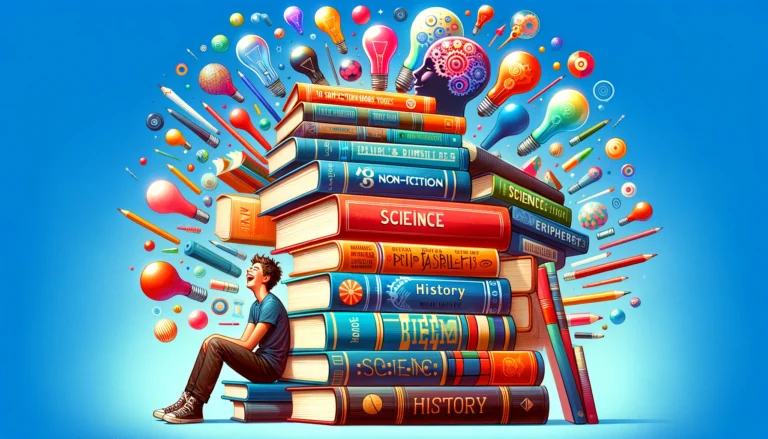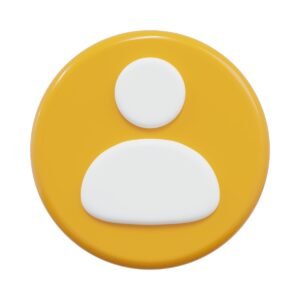Introduction
Why does childhood evoke a mix of nostalgia and complexity? Beyond cherished moments of play and early friendships lies a terrain rich in moral quandaries that mold our adult selves. Jean Piaget, in his seminal work “The Moral Judgment of the Child,” explores these dynamics, offering insights that remain as relevant today as when first published. Through Piaget’s lens, we’ll examine specific moral dilemmas and developmental milestones, unveiling their impact on us and the next generation. Join me as we delve into Piaget’s revolutionary perspective, potentially reshaping our approaches to parenting and education.
The Core of Piaget’s Exploration
How do children transition from viewing rules as sacrosanct to recognizing moral gray areas? Jean Piaget’s studies illuminate this journey from rigid adherence to flexible understanding. Imagine a child’s shock upon discovering that not all rules are absolute, akin to the disillusionment of learning Santa isn’t real. This evolution from “moral realism” where rules are seen as unalterable and sacred to a more nuanced perspective is crucial.
Consider a child who sternly objects when a peer cuts in line, embodying a deep-seated belief in the fairness of rules. This stage is essential for developing empathy and navigating social complexities. Piaget’s insights not only deepen our understanding of cognitive and social development but also challenge us to adapt our educational and parenting approaches to nurture this critical transition. By embracing these insights, we can better support the developmental milestones that shape thoughtful, flexible adults.
The Stages of Moral Development
Piaget identifies a shift from heteronomous to autonomous morality in children, marking their understanding of rules as evolving from rigid to flexible. Imagine a playground debate over who’s ‘it’ in tag, it’s here, amid the shouts and laughter, that children negotiate and internalize these moral concepts. This isn’t merely a progression tied to age, but an active, vibrant process fueled by daily interactions, where every game and disagreement enriches their moral understanding.
Social Interaction’s Role
Social interactions are where children’s moral judgments take shape. Take, for instance, a typical squabble over a toy or a group project in class. These are not just minor disputes or collaborations but pivotal moments where concepts of fairness, cooperation, and empathy are tested and learned. Through these tangible experiences, children grasp complex moral lessons that abstract teachings alone could never convey.
From Moral Realism to Moral Relativism
Consider a child who believes that stealing a cookie invariably leads to a timeout. As they grow, they encounter a friend who steals a cookie but for a good reason perhaps to share with someone who didn’t get one. This moment of empathy, of understanding the ‘why’ behind actions, marks their shift from moral realism to moral relativism. Such realizations are profound, reshaping their understanding of consequences and intentions.
The Role of Punishment
Initially, children may view punishment as almost mystical divine retribution for misdeeds. However, through social interactions, their perspective shifts towards seeing punishment as a tool for social restoration. A young child might perceive a timeout as a personal attack, whereas an older child understands it as a consequence meant to teach, not just to penalize. This evolution reflects a deeper comprehension of social norms and restoration.
Justice and Fairness
The concept of justice for children evolves significantly as they grow. Early on, fairness might simply mean equal shares of a cake. However, they gradually understand that true fairness sometimes requires equity not everyone getting the same, but everyone getting what they need. These lessons are vividly learned through everyday interactions, like adjusting rules in games to accommodate younger players, teaching them the nuanced applications of fairness and justice.
These vignettes bring Piaget’s theories to life, illustrating not just the stages of moral development but the vibrant, messy interactions through which these stages are experienced.
Personal Reflections: The Mirror of Morality
As I revisit Jean Piaget’s insights on moral development, I recall a vivid childhood memory. At seven, I sternly told my teacher about a classmate’s lie, believing in the absolute righteousness of my action. Only later did I understand the complex reasons behind his behavior, which were not as black-and-white as I thought. This childhood moment parallels adult situations where I’ve caught myself applying similar simplistic moral judgments, like the time I frowned upon a stranger for skipping a line, only to learn he was rushing to a medical emergency.
These personal anecdotes reflect the lingering influence of childhood moral frameworks into adulthood. For instance, contemporary debates on social justice often mirror the tension between moral realism and relativism, showing how societal issues can embody these complex moral dynamics.
Inspired by Piaget, I am committing to approach conflicts with deeper empathy and a readiness to understand the underlying complexities. This means reevaluating my responses to everyday challenges and interpersonal interactions, striving to see beyond immediate judgments and appreciating the nuanced contexts of others’ actions. This personal shift is my response to Piaget’s call for a more nuanced engagement with the world, aiming to transform my insights into practical empathy.
Applying Piaget Today: Beyond the Book
How can we translate Jean Piaget’s theories into actionable practices today? For parents, this might involve setting up playdates that not only entertain but also challenge children. Picture a scenario where children must decide how to share limited toys, encouraging them to navigate the complex waters of fairness and empathy. For educators, consider classroom settings where group projects are designed to foster negotiation skills, requiring students to resolve role-related disputes and collaborate toward common goals.
For everyone, Piaget’s work offers a powerful prompt for self-reflection. I encourage you to conduct a moral self-audit. Reflect on a recent decision was it a rigid adherence to rules, or did you consider the broader context? This introspection can lead to more nuanced decision-making in future interactions.
Broadening the scope, Piaget’s shift from moral realism to relativism has profound implications for societal issues, including justice reform. Imagine legal systems that prioritize understanding a person’s intentions over merely penalizing their actions. This approach could transform punitive practices into opportunities for genuine social restoration.
By integrating Piaget’s insights, we can foster environments that cultivate moral development in children and encourage all individuals to reassess and enrich their moral reasoning, making these theories not only insightful but also immensely practical in modern contexts.
Conclusion: The Ongoing Journey of Moral Understanding
Piaget famously stated, “The real problem of moral education is not that of teaching morality, but of creating conditions under which the child can develop his own moral values.” This insight compels us to ask ourselves: what environments are we fostering in our homes, workplaces, and communities to encourage moral growth? Are we promoting open dialogue on tough topics and modeling integrity and accountability?
As we conclude our discussion on Piaget, let us commit to carrying forward the lessons learned, not only in how we view children but in our ongoing self-reflection and interactions with others. I challenge you to a monthly moral reflection to evaluate your decisions and how they align with your evolving ethical beliefs.
Let’s actively engage in this process of moral development. Join or initiate community forums, participate in family discussions that test your viewpoints, or start a book club that delves into ethical dilemmas. Let’s make the commitment to play, learn, and grow together, continually pushing the boundaries of our understanding and empathy. This isn’t just a conclusion, it’s a call to action a pledge to make lifelong moral development a tangible, impactful part of our lives.






